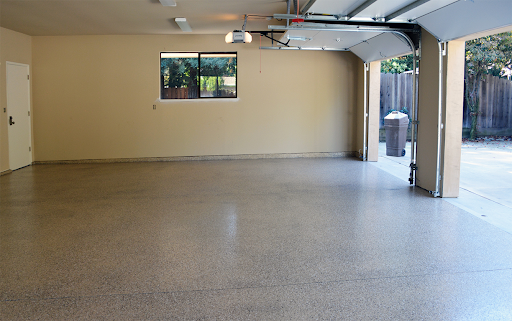Whether you’re a first-time buyer or an experienced seller, navigating the property market can be complex and, at times overwhelming. The journey involves many steps, from initial research to finalizing contracts, in both buying and selling a home. Having a clear understanding of the process and knowing what to expect can greatly enhance your chances of a smooth transition.
The Buying Process
Buying a home begins with determining your budget and securing financing. Most buyers rely on a mortgage, which requires a good credit score and a stable income. Before you even step foot into a property, it’s important to know what you can afford. Once your budget is in place, you can start researching the market, either online or by working with a real estate agent.
When you find a home you’re interested in, the next step is making an offer. This can be a straightforward process if the property is priced appropriately, but negotiations may arise, especially in a competitive market. Once the offer is accepted, it’s time to conduct surveys and inspections to ensure there are no hidden issues with the property.
The final step in the buying process is signing the contract. This is where residential conveyancing comes in, ensuring that all legal requirements are met and that both parties fulfill their obligations. A professional conveyancer will help handle all of the legal aspects, making sure the property’s title is clear and there are no hidden disputes or issues.
The Selling Process
Selling a home often begins with preparing the property for sale. This can include repairs, staging, and cleaning to make the home more attractive to potential buyers. Once your property is ready, it’s time to list it on the market. Working with a real estate agent can help you set a competitive price and reach the right buyers.
When offers start coming in, you’ll need to review them carefully. Once you accept an offer, the process moves into the negotiation and conveyancing stages. It’s important to keep in mind that a buyer’s offer may not always be final; they may want to negotiate on price, repairs, or move-in dates.
Once a sale is agreed upon, a conveyancer will handle the legal side of things. This includes drawing up the sale contract, ensuring all paperwork is in order, and helping with the transfer of ownership. The buyer will also conduct their own survey of the property to check for any issues that could delay the transaction. If everything checks out, the sale proceeds to completion.
Key Considerations for Both Buyers and Sellers
Whether you are buying or selling a property, it’s essential to be aware of the various legal aspects involved. As mentioned earlier, Conveyancing is an essential part of the process for buyers and sellers. A conveyancer or solicitor ensures that all paperwork is handled properly, reducing the risk of legal issues down the line.
Additionally, when budgeting, it’s crucial to factor in costs like stamp duty, legal fees, and potential repairs or renovations. Buyers must be prepared for homeownership’s ongoing costs, including maintenance, utilities, and taxes. Sellers should also consider the costs of preparing their home for sale, as well as moving expenses.
Buying or selling a home can be a time-consuming and sometimes stressful process, but being prepared and informed can help streamline the experience. Understanding the process and working with professionals can make all the difference in ensuring a smooth transition into your next chapter.









